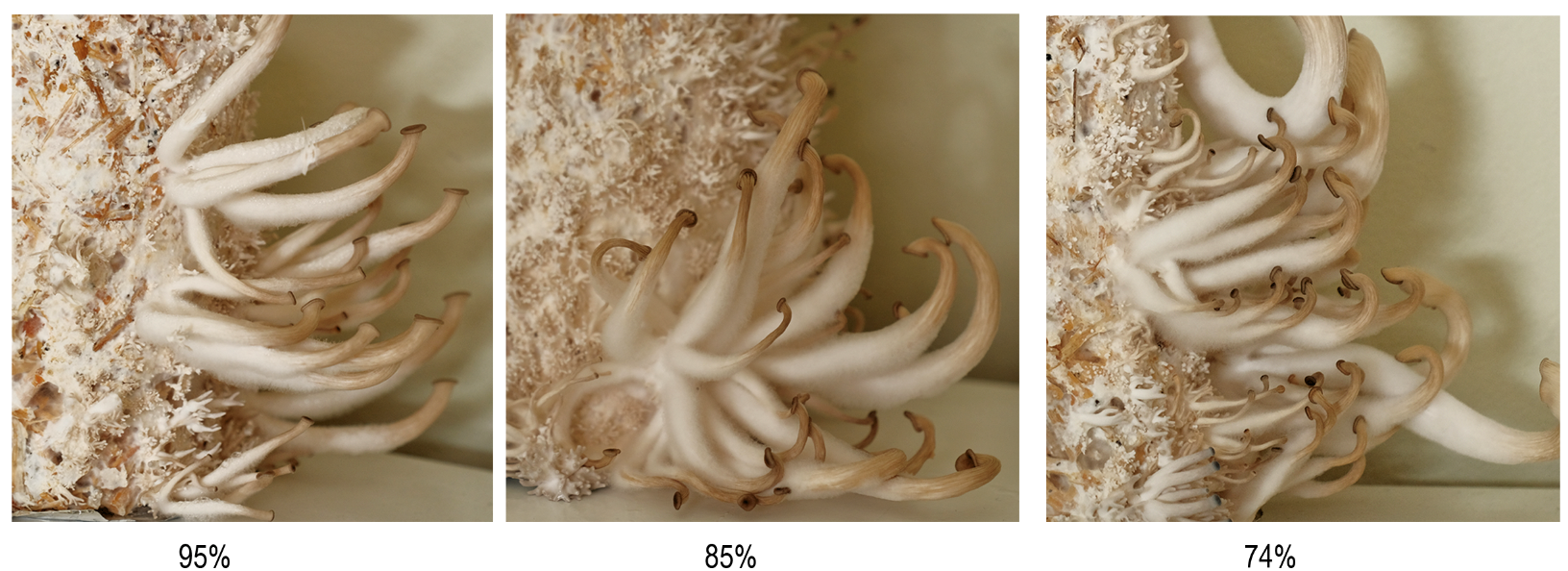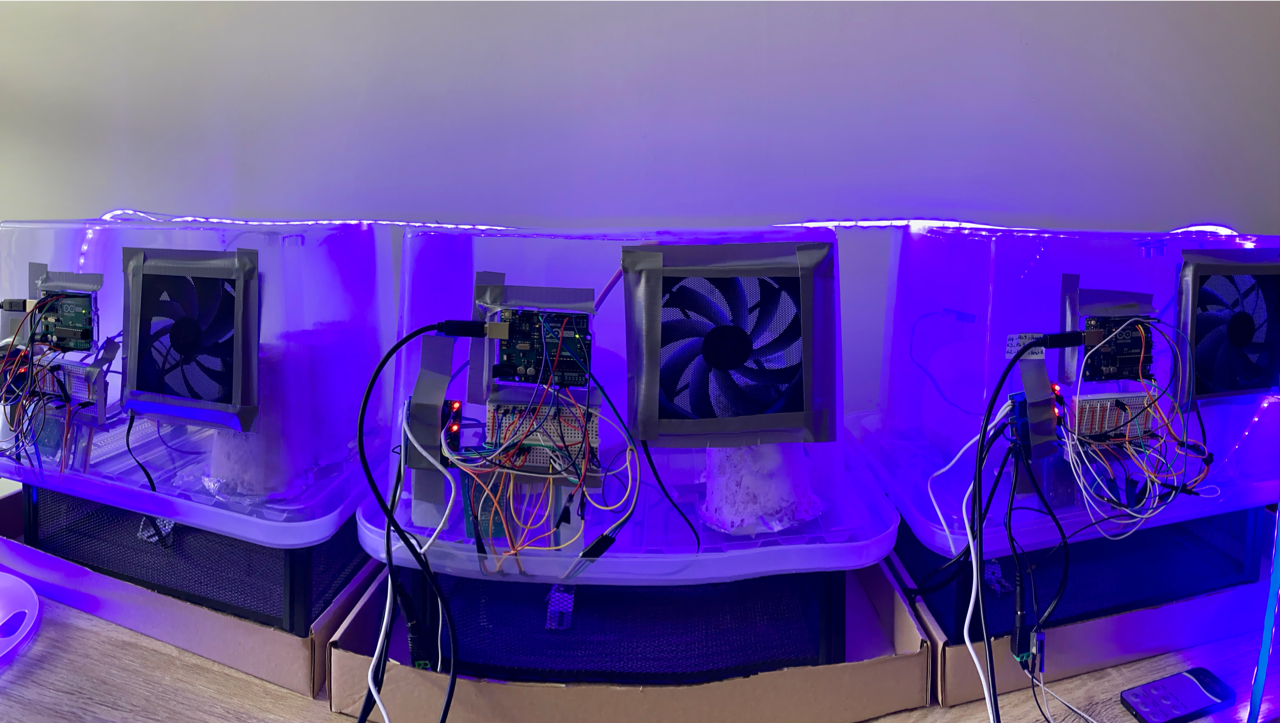Demonstrating a material making process through the cultivation of fungal growth

The Microbiology Society is undertaking a project entitled A Sustainable Future as part of our 75th Anniversary, which aims to highlight the Sustainable Development Goals (SDGs) to our members and empower them to use their research to evidence and impact the goals. Earlier this year, we put a call out to our members to submit case studies in the following three areas: antimicrobial resistance, soil health and the circular economy.
This case study is written by Dilan Ozkan, who is a PhD student at Newcastle University, UK. It focuses on the Circular Economy; an alternative to a traditional linear economy (make, use, dispose), in which we keep resources in use for as long as possible, extract the maximum value from them while in use, then recover and regenerate products and materials at the end of each service life.
Today, mycelium (the roots system of fungi) is used as a biomaterial in many different ways, such as in packaging, acoustic panels, wall insulation, bricks in buildings, textiles, and as a raw material in designed products including furniture. All these applications are realised through moulding. However, moulding of biomaterials is an example of a constraining intervention currently used in design, which this study is looking to move beyond. The purpose of this research is to explore the ways to guide the growth of mycelium and its fruiting bodies as a living material with minimal intervention. There is a reduction of the ‘degrees of freedom’ that living creatures possess due to the materials losing their inherent potentials when they are cultivated in a predefined form (DeLanda 2005).The inherent potential of biomaterials comes from them owning a metabolism, which enables them to self-assemble and adapt to their environment.

Initial agar medium experiment
This study illustrates the parameters that manipulate the morphology of the organism. The first phase of the study involves experimentation by paying close attention to factors that might cause a difference in the behaviour of mycelium to understand its properties and nature. After having understood its behaviour in response to different factors such as temperature, nutrient sources and amounts, the research continues by guiding the growth of fruiting bodies. The project ultimately leads to the design of a robotic device to influence the growth of fungi remotely. This device will help to facilitate biologically active organisms by supporting their autonomy rather than dominating them. By providing environmental and digital control, the project will rethink architectural fabrication and demonstrate a new approach in material-making processes.

The effect of humidity on mushroom morphology
How can this research support the transition to a more sustainable future?
Fungal-based composites are a mixture of fungi with lignin containing organic materials such as agricultural waste, sawdust and cardboard (Rocco and Kalisz 2012). Using waste as a source material adds value to the end product by allowing waste to be turned into a desired object.

This research also demonstrates how to build a dialogue with living materials and facilitate growth. In future, it can serve as a model and encourage designers to create dynamic, digital interaction back and forth with living materials.
What is the future for research and innovation in this area?
As well as being used as an organic building material, fungi offer a vast array of other functions. Using fungi can encourage symbiosis with other organisms. It can host organisms, such as algae, bacteria and microbes by providing energy (Watkinson, Boddy, and Money 2016). Fungi can become a reinforcement or scaffold to accommodate other living materials. Therefore, as a sustainable innovation, this research encourages building combined natural systems without any need of an inorganic supporting mechanism directly attached to it.
Bibliography
DeLanda, Manuel. 2005. “Space: Extensive and Intensive, Actual and Virtual.” Deleuze and Space, no. December: 80–87. https://doi.org/10.3366/edinburgh/9780748618743.003.0005.
Rocco, Charles Alan, and Raymond Edward Kalisz. 2012. Method of making foamed mycelium structure. US 8,227,233 B2, issued 2012. https://patents.google.com/patent/US8227233B2/en?oq=philip+ross.
Watkinson, Sarah C., Lynne Boddy, and Nicholas P. Money. 2016. The Fungi. British Homoeopathic Journal. Third. Elsevier. https://doi.org/10.1016/S0007-0785(85)80005-3.
About the author

Dilan is an architect and researcher who focuses on working with living systems. She aims to push the limits of traditional architectural production and bring different approaches by discovering new material making processes. Currently, she is a PhD student at Newcastle University. Learn more about her research.
Her supervisory team: Martyn Dade Robertson, Ruth Morrow, Meng Zhang, Beate Christgen. Find out more information about the team.


